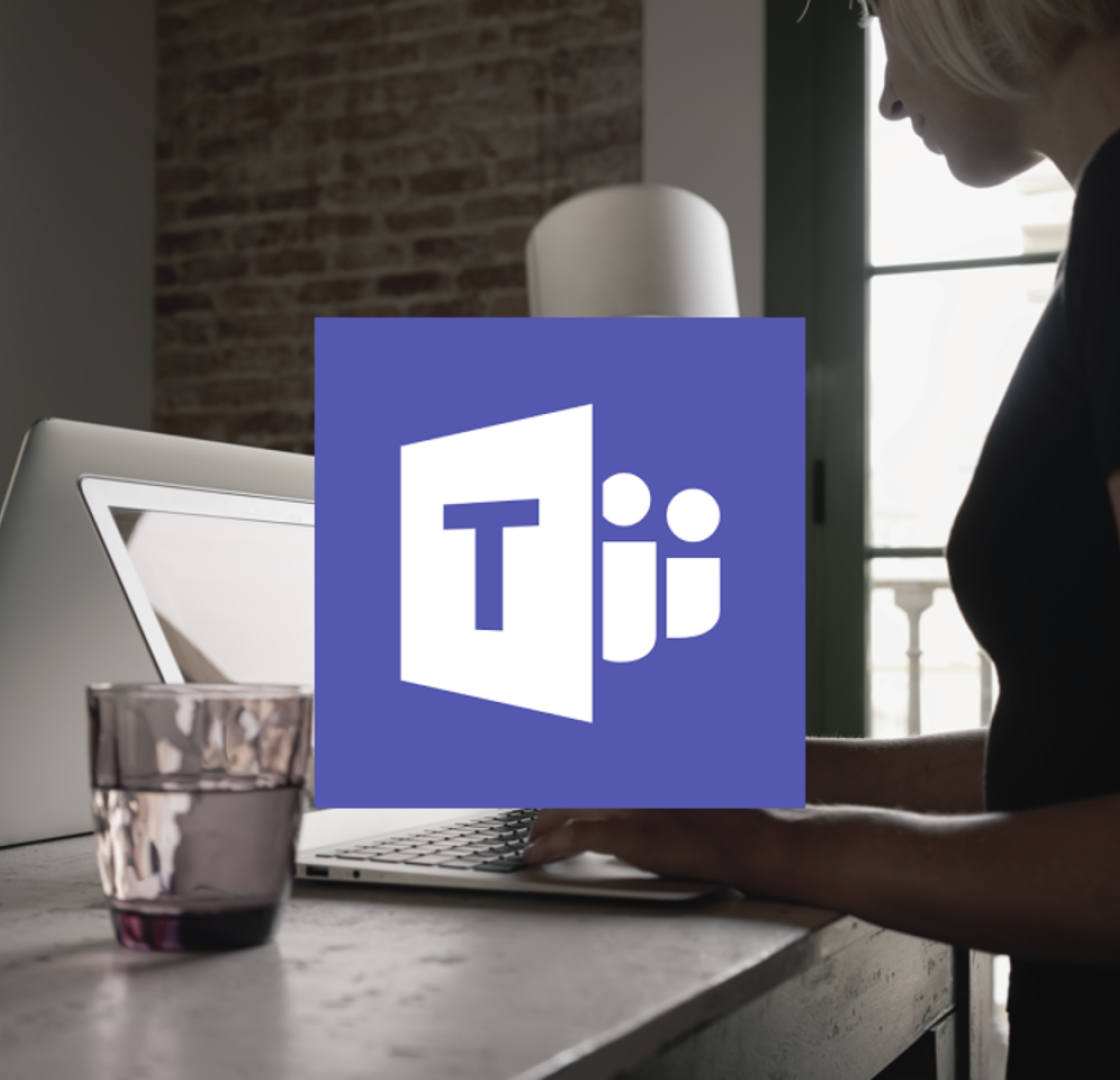So what is Microsoft Teams?
Fundamentally, it’s a collaboration platform. It’s ‘email and file’ brought into a WhatsApp world. It combines messaging, audio and video calls, files (yes, still important!), wikis and whatever other apps might be useful in a particular situation. Let’s take an example…
A sales team have to produce a proposal for a client. In the past, this may have involved an estimation spreadsheet, a presentation, a demo, a formal written proposal and a zillion emails to get the job done. In Microsoft Teams, the Sales Team is established as a group of members and a new Channel is set up for the proposed work. The Project Manager will set up the Channel to include all of the elements that are needed. This will include some files (Teams backs off the document-handling to SharePoint, so versioning, check-in/out, etc. are all taken care of), maybe a OneNote page that people can drop ideas onto and a Planner plan, with initial tasks to be completed. The real difference is all of this is centred around the task that needs to be accomplished, not the technology that can handle a particular job. And of course, all chats are pervasive and are stored within the Channel. To top it off, the Teams search function can search against every component.
This way of working is also affecting the devices that we use and where we use them. It’s becoming more common to see collaborators with a lightweight, touch-screen laptop or tablet in front of them with a pair of earbuds. Or indeed quickly chipping in on a group chat on a smartphone before getting in the car to the next appointment. Collaborators are certainly not constrained to sitting at the same desk each day.
So what are the challenges of working in Teams? My experience is that overcoming the cultural norms of ‘email and file’ are the single largest barrier. It really is much more of a mindset shift than a skills shift. I’ve found that the best way to deal with this is to take a piece of work that cries out to be handled in a very collaborative way and then commit to following it through using the tools in the box. By combining the power of Skype, OneDrive, SharePoint, Planner and the Office suite, we have found that clients who embrace Microsoft Teams have become much more productive … and that goes for us here at Flex too!
Microsoft Teams is included in the Office 365 Business Essentials and Business Premium plans.
To learn more, Contact us today
